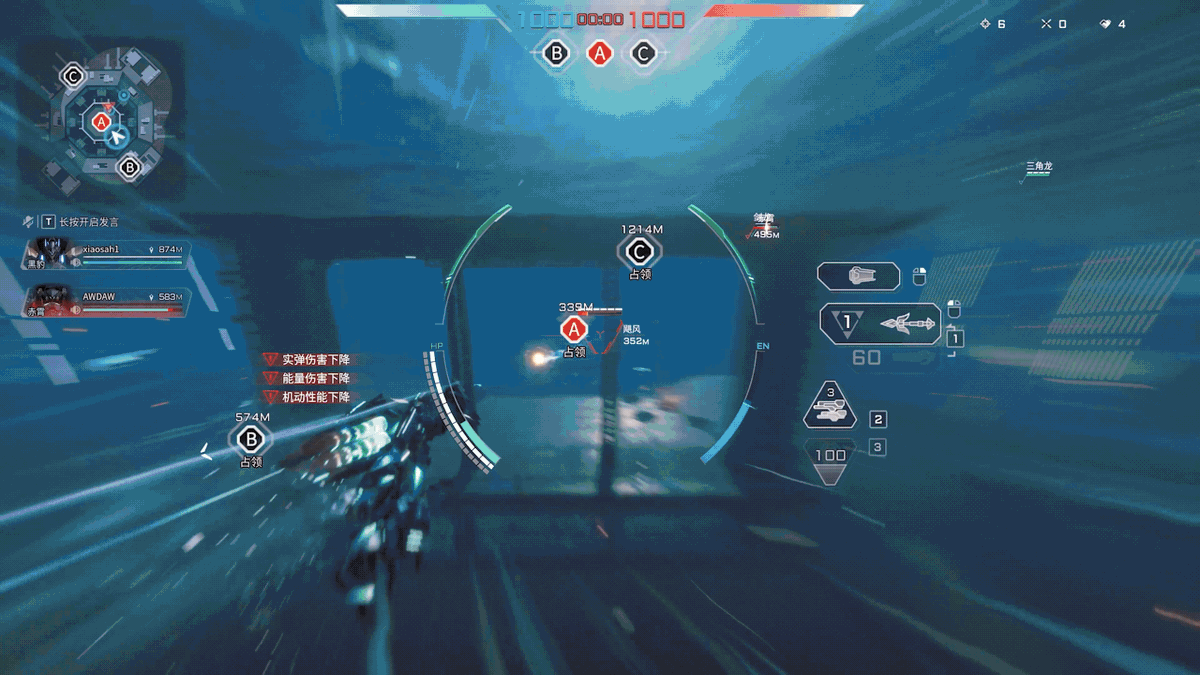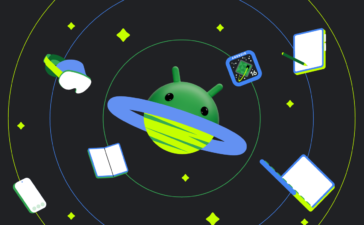Max implemented UI changes 30% faster using Jetpack Compose


Posted by Tomáš Mlynarič, Developer Relations Engineer
Max®, which launched in the US on May 23, 2023, is an enhanced streaming platform from Warner Bros. Discovery, delivering unparalleled quality content for everyone in the household. Max developers want to provide the best UX possible, and they’re always searching for new ways to do that. That’s why Max developers built the app using Jetpack Compose, Android’s modern declarative toolkit for creating native UI. Building Max’s UI with Compose set the app up for long-term success, enabling developers to build new experiences in a faster and easier way.
Compose streamlines development
Max is the latest app from Warner Bros. Discovery and builds on the company’s prior learnings from HBO Max and discovery+. When Max development began in late 2022, developers had already used Compose to build the content discovery feature on discovery+—one of its core UI features.
“It was natural to continue our adoption of Compose to the Max platform,” said Boris D’Amato, Sr. Staff Software Engineer at Max.
Given the team’s previous experience using Compose on discovery+, they knew it would streamline development and improve the app’s maintainability. In the end, building Max with Compose reduced the app’s boilerplate code, increased the re-usability of its UI elements, and boosted developer productivity overall.
“Compose significantly reduced the time required to implement UI changes, solving the pain point of maintaining a large, complex UI codebase and making it easier to iterate on the app’s design and user experience,” said Boris.
Today, Max’s UI is built almost entirely with Compose, and developers estimate that adopting Compose allowed them to implement UI changes 30% faster than with Views. Thanks to the toolkit’s modular nature, developers could build highly reusable components and adapt or combine them to form new UI elements, creating a more cohesive app design.

More improvements with Compose
Today, Compose is so integral to Max’s design that the app’s entire UI architecture is designed specifically to support Compose. For example, developers built a system to dynamically render server-driven, editorially curated content and user-personalized recommendations without having to ship a new version of the app. To support this system, developers relied on the best practices when architecting Compose apps, leveraging Compose’s smart recompositioning and skipability for the smoothest experience possible.
Much like the discovery+ platform, Compose is also used for Max’s content discovery feature. This feature helps Max serve tailored content to each user based on how they use the app. Thanks to Compose, it was easy for developers to ensure this feature worked as intended because it allowed them to test each part in manageable segments.
“One of the features most impacted by using Compose was our content discovery system. Compose enabled us to create a highly dynamic and interactive interface that adapts in real-time to user context and preferences,” said Boris.
Adapting to users’ unique needs is another reason Compose has impressed Max developers. Compose makes it easy to support the many different screens and form factors available on the market today. With the Window size classes API, Max can scale its UI in real time to accommodate screen size and shape variations for tablets and foldables.

The future with Compose
Since adopting Compose, the Max team has noticed increased interest from prospective job candidates excited about working with the latest Android technologies.
“Whenever we mention that Max is built using Compose, the excitement in the candidates is palpable. It indicates that we’re investing in keeping our tech stack updated and our focus on the developer experience,” said Boris.
Looking ahead, the Max team plans to lean further into its Compose codebase and make even more use of the toolkit’s features, like animation APIs, predictive gestures, and widgets.
“I absolutely recommend Jetpack Compose. Compose’s declarative approach to UI development allows for a more intuitive and efficient design process, making implementing complex UIs and animations easy. Once you try Compose, there’s no going back,” said Boris.
Get started
Optimize your UI development with Jetpack Compose.
You Might Also Like
11 Best Places To Sell Your RV for the Most Money
Do you want to know where is the best place to sell your RV for the most money? Over the...
How Mecha BREAK is driving PC-only growth on Google Play Games
Posted by Kosuke Suzuki – Director, Games on Google Play On July 1, Amazing Seasun Games is set to unveil...
How To Make More Money and Work Less
Do you want to learn how to make more money and work less? Okay, this is what everyone wants, right?...
A product manager’s guide to adapting Android apps across devices
Posted by Fahd Imtiaz, Product Manager, Android Developer Experience Today, Android is launching a few updates across the platform! This...









